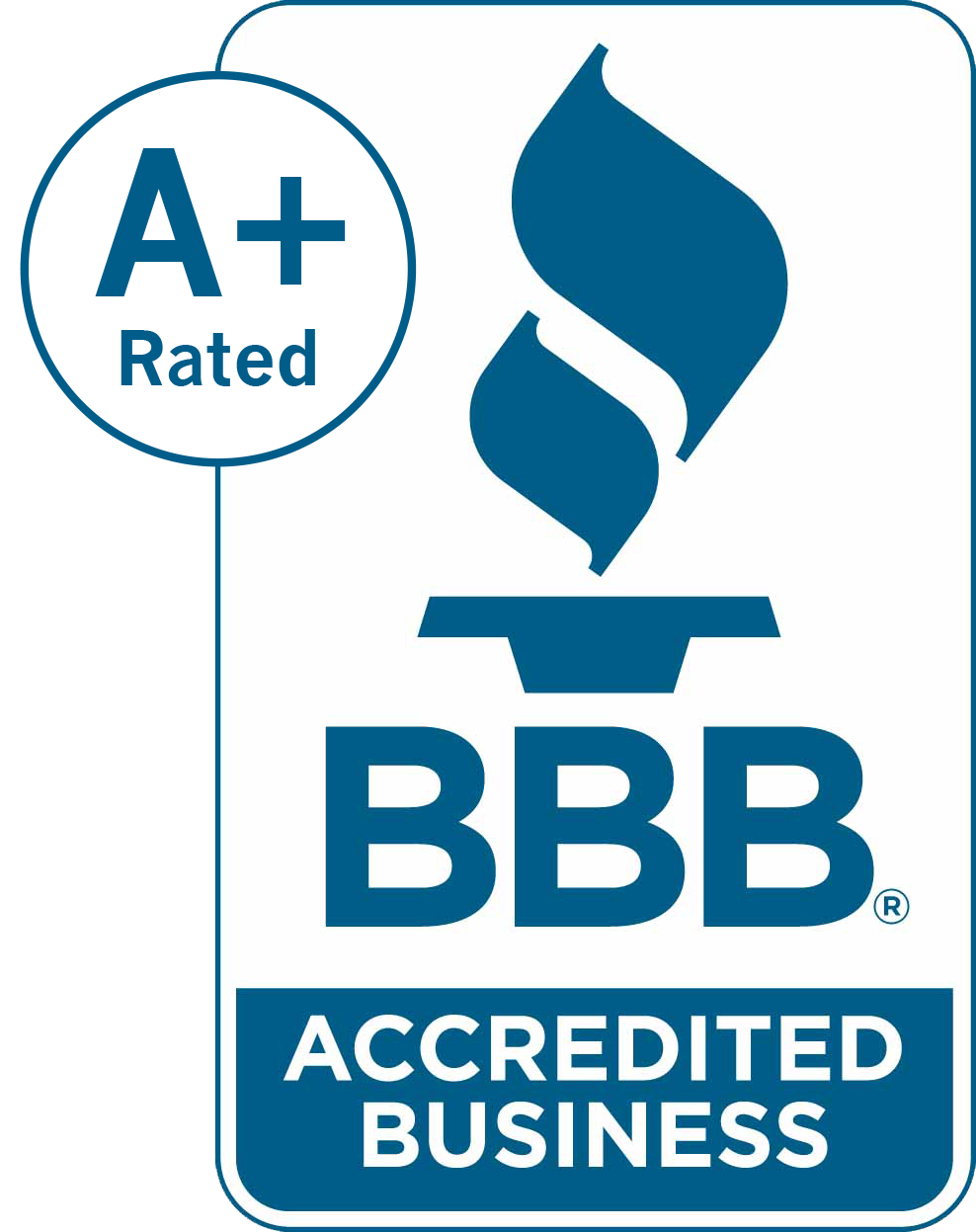Bullying in the Workplace Lawyers: Understanding Your Legal Rights

Workplace bullying can make your job unbearable, damage your health, and destroy your career. But is it illegal? The answer is more complicated than you might think. This comprehensive guide explains when workplace bullying crosses the line into illegal harassment, what protections exist under federal and state laws, and what steps you can take if you’re experiencing bullying in an abusive work environment.
What Is Workplace Bullying?

Workplace bullying refers to repeated, harmful mistreatment of one or more employees by colleagues or supervisors. Bullying behavior, which can manifest in various forms, has serious negative impacts on victims’ job performance and mental health. According to recent statistics, approximately 30% of American workers have directly experienced workplace bullying, with nearly 79.3 million U.S. workers affected overall.
Common examples of workplace bullying include:
- Verbal abuse and humiliation
- Intimidation and threats
- Sabotaging work or setting impossible deadlines
- Excessive criticism or micromanagement
- Social isolation or exclusion
- Spreading malicious rumors
- Withholding necessary resources or information
- Taking credit for others’ work
- Cyberbullying through emails, chat platforms, or social media
The Legal Status of Workplace Bullying in the U.S.

Important: While workplace bullying is harmful and unacceptable, it’s not always illegal under federal law. The legal distinction hinges on a crucial factor: why the bullying is occurring.
When Bullying Becomes Illegal Harassment
Workplace bullying crosses into illegal territory when it constitutes harassment based on a legally protected characteristic. Federal anti-discrimination laws prohibit harassment based on:
- Race or color
- Religion
- Sex (including sexual orientation, gender identity, and pregnancy)
- National origin
- Age (40 or older)
- Disability
- Genetic information
Discriminatory conduct, as defined by federal and state laws such as Title VII of the Civil Rights Act of 1964, includes actions based on these protected characteristics and can lead to claims of a hostile work environment.
For bullying to qualify as illegal harassment under federal law, it must be:
- Unwelcome conduct based on a protected characteristic
- Severe or pervasive enough to create a work environment that a reasonable person would consider intimidating, hostile, or abusive
- Affecting job performance or employment conditions
Understanding “Hostile Work Environment”
A legally recognized hostile work environment exists when unwelcome harassment based on protected characteristics makes the workplace intimidating, hostile, or offensive to reasonable people. This is different from having a generally unpleasant workplace or a mean boss.
Illegal discrimination occurs when harassment is based on protected characteristics such as race, gender, or religion, and violates laws like the Iowa Civil Rights Act and Title VII of the Civil Rights Act of 1964.
For example, a supervisor who yells at everyone equally may create an unpleasant workplace but isn’t necessarily creating a legally hostile work environment. However, if that same supervisor targets employees of a particular race with verbal abuse, that could constitute illegal harassment.
Federal Laws Protecting Against Workplace Harassment
Several federal laws provide protection against workplace harassment:
- Title VII of the Civil Rights Act of 1964 prohibits harassment based on race, color, religion, sex, and national origin.
- The Americans with Disabilities Act (ADA) prohibits harassment against individuals with disabilities.
- The Age Discrimination in Employment Act (ADEA) protects employees who are 40 years of age or older from harassment based on age.
In cases of workplace harassment, it is crucial to consult with employment law attorneys to ensure legal protection and secure a safe work environment.
Title VII of the Civil Rights Act of 1964
Prohibits employment discrimination based on race, color, religion, sex, and national origin. This includes harassment that creates a hostile work environment.
The Age Discrimination in Employment Act (ADEA)
Protects workers 40 and older from age-based discrimination and harassment.
The Americans with Disabilities Act (ADA)
Prohibits discrimination and harassment against qualified individuals with disabilities.
The Genetic Information Nondiscrimination Act (GINA)
Prevents discrimination based on genetic information, including family medical history.
State Laws on Workplace Bullying
While no federal law specifically addresses workplace bullying not based on protected characteristics, some states have begun taking action:
- California requires workplaces with 50+ employees to conduct abusive conduct training as part of harassment prevention programs
- Tennessee passed a “Healthy Workplace” bill encouraging employers to adopt anti-bullying policies
- Utah requires state agencies to train supervisors and employees on preventing abusive conduct
- Puerto Rico enacted legislation prohibiting workplace harassment regardless of protected class status
The Workplace Bullying Institute has promoted the Healthy Workplace Bill in many state legislatures, though no state has yet enacted comprehensive anti-bullying legislation that creates a specific cause of action for targets of workplace bullying.
Steps to Take If You’re Being Bullied at Work
If you’re experiencing workplace bullying, consider these steps:
1. Document Everything
Keep detailed records of bullying incidents, including:
- Dates, times, and locations
- What was said or done
- Who was present
- How it affected your work
- Any physical or emotional impacts
Screenshots, emails, and witness statements can strengthen your case.
2. Review Company Policies
Check your employee handbook for policies on:
- Workplace behavior
- Anti-harassment
- Grievance procedures
- Ethics or code of conduct
3. Report the Behavior
Follow your company’s reporting procedures, which typically involve:
- Notifying your direct supervisor (unless they’re the bully)
- Contacting HR
- Using any designated reporting systems
The human resources department plays a crucial role in handling workplace harassment incidents. Reporting harassment to HR ensures that the company can take immediate action to address the issue and maintain a safe work environment.
Present your documentation and be specific about the behavior and its impact.
4. Determine If It’s Illegal Harassment
If the bullying targets you because of a protected characteristic, it may constitute illegal harassment. In such cases:
- File a complaint with the Equal Employment Opportunity Commission (EEOC) within 180 days (or 300 days in some states)
- Consider consulting with an employment attorney
Filing a harassment claim is a crucial step in seeking legal recourse for mistreatment in the workplace. It involves reporting the issue to HR, gathering evidence, and potentially filing a formal claim against your employer to recover damages and ensure a safe work environment.
5. Protect Your Wellbeing
Workplace bullying can have serious health consequences. Consider:
- Using employee assistance programs (EAPs)
- Seeking support from mental health professionals
- Building support networks outside work
Legal Remedies and Filing a Complaint
If you believe you’re experiencing illegal harassment, you have legal options:
EEOC Complaint Process
- File a charge with the EEOC within applicable time limits (typically 180-300 days)
- The EEOC will investigate and may attempt conciliation
- If the EEOC finds reasonable cause, it may litigate on your behalf or issue a “right to sue” letter
- With a “right to sue” letter, you can file a lawsuit in federal court
Federal employees must first contact an EEO counselor at their agency within 45 days of the harassment incident.
Potential Legal Remedies
If successful, remedies may include:
- Back pay and reinstatement
- Compensatory damages
- Punitive damages (in extreme cases)
- Attorney’s fees
- Court orders requiring policy changes
Compensatory and punitive damages serve different purposes in workplace harassment lawsuits. Compensatory damages cover both tangible costs, such as lost wages, and psychological impacts. Punitive damages, on the other hand, are reserved for cases involving at least malicious conduct and are intended to punish the wrongdoer.
Prevention and Workplace Culture
Organizations can prevent workplace bullying by:
- Implementing clear anti-bullying policies
- Providing training on respectful workplace behavior
- Creating accessible reporting mechanisms
- Emphasizing the importance of reporting harassment and the legal obligations of employers to investigate such reports
- Taking all complaints seriously
- Building a culture of respect and inclusion
Conclusion
While not all workplace bullying is illegal, severe cases that target protected characteristics can constitute unlawful harassment. Sexual harassment, for example, can manifest in various forms such as unwanted advances and derogatory conduct, leading to significant consequences for both employees and employers. Understanding the distinction is crucial for knowing your rights and options.
If you’re experiencing workplace bullying, document everything, utilize internal reporting mechanisms, and consider whether the behavior constitutes illegal harassment based on a protected characteristic. Don’t hesitate to consult with an employment attorney to understand your specific situation and options.
Everyone deserves a workplace free from bullying and harassment. By knowing your rights and the available resources, you can take steps to address workplace bullying effectively.













